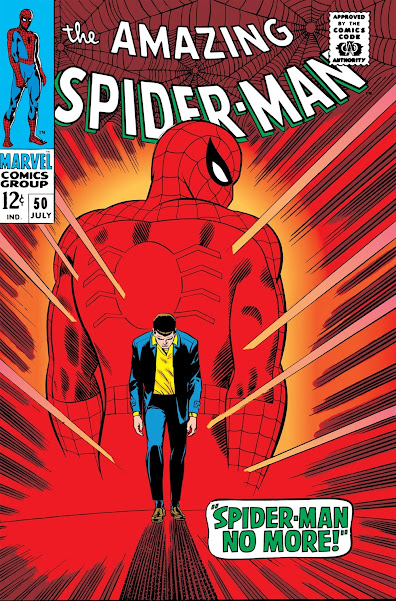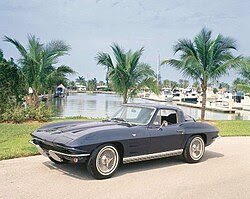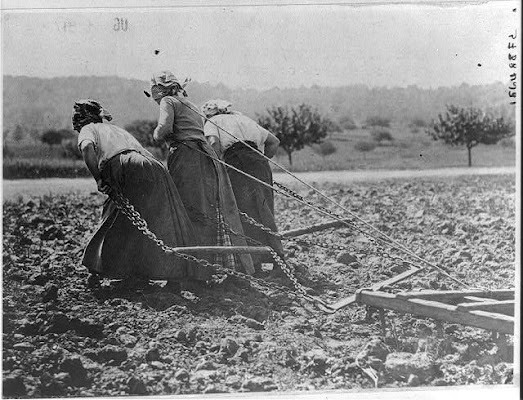Vagabond
The artists efforts with applying detail to the tiniest of tree and bush here is what first grabs my attention as they cover up the entirety of the panel. Yet it is around Miyamoto Musashi that there is a clear space as if he stands out so much to the world in which he used to live he has thus formed his own bubble around himself. The river also serves as a great focal point to show how far apart he is to the world around him as it further separates him from the natural aspects in which he used to live.
If i were to have this piece i would likely have it set up in its own individual scene or with a dark room surrounding it and a single spotlight on the piece as it does best as it would do best as a single focal point within a room.
I enjoy Vagabond artwork as it usually keeps to a realistic style with high levels of detail. And while the series as a whole is shorter than most others it is in that high level of detail that the story of redemption Zen wishes to portray through the story. This realism is thrown off sometimes by the talking bubbles but the artist is normally really good with placement and they usually release a separate book or some of their best panels in the back of each of their books. Doing that has made showing the amazing art that goes into the Vagabond series much easier and it lets the artist show their skill in a way that most other manga don’t allow for.
Fullmetal Alchemist
Edward Elric- Bacon 2018 Kyoto Japan
Based on the work Fullmetal Alchemist
Written:Hiromu Arakawa
illustrated:Hiromu Arakawa
July/12/2001- June/11/2010
The wings serving an important symbol within the piece and strongly enhance both who the character is and what they are trying to do within the story. They remind me of the wings of an angle though I seen comparison to the wings of Icarus made as well. The community that does draw fanart of the character Edward Elric has mixed thoughts on the wings as a whole with how often they depict the character with them, in scene with them, or some type of wing around him. I think that connection to the wings of Icarus isn't as strong here as they are caring him away from the skulls that lace the bottom of the pillar and are stretching out closer and closer to him representing those he lost along the way. They remind me of the wings of an angle as he is bringing the light and hope of the nation to the people within it as he is trying to prevent all of there deaths, thus performing the likes of a miracle.
Another important symbol within the piece is the stone wall that he and the pillars are sitting upon. It may seem not draw attention as much as it does to people who know the story which is why I rank it as the second most important part of the piece when telling the story of the character. The wall upon which he is resting is the remnants of an old kingdom and upon it rests both a map and a alchemical circle(i.e.. magic within the world) showing how the whole of that kingdom was both killed and absorbed into energy. It is upon finding that circle that the grand evils true goal is clearly revealed to Edward and as such the scale of the conflict he has to end becomes clear. When he does find that wall Edward breaks and feels the whole of every life within the country he lives fall upon his shoulders suddenly and without warning. Thus using the wall as the background which he is resting upon an letting hints of what on it pushes further weight upon the shoulders of the Edward in the piece.
If i were to own this piece i think it would need to be in the center of honor with some similar pieces of fan work. It is a little hard to say were a good place would be for it as it is digital artwork but it is a medium which i think needs a way to put pieces into the physical world. I think companies like Displate would be a good way to get digital art into the real world as printing digital images onto metal keeps up that shine and color levels you get with digital artwork while keeping it modern enough to be considered viable in the current world of technology.
This piece is fan art based on the series Fullmetal Alchemist and is one of my favorite pieces of art that has to do with the series. Edward Elric the main character of the series is a loud and rambuchous character and there is always movement, always some action taking place within the character. Yet the stories that are told within the series are some of the most heart breaking and cry worthy of any show series that i have consumed. That somberness that is often pushed passed and sometimes missed in the show as the people funding the project wanted to keep it up with the Shonen Jump brand, that being of a Saturday morning comic panel happy go lucky style, and it definitely causes some damage to the messaging within the show at times. This art as it is made by a very talented artist that is not connected with the show is able to capture that somber tone that i wish the show had been able to harness more often.Youjo Senki
Legend of the Northern Blade
Bibliography
Blanche-EYE. “Mary vs Tanya, Final Battle | Youjo Senki Movie - 00.” YouTube, 5 Aug. 2022, www.youtube.com/watch?v=nR8ljyiK5zU . Accessed 24 Apr. 2025.
“Edward Elric.” Bacon ., 2025, heav_on.artstation.com/projects/8JBqw . Accessed 24 Apr. 2025.
GRAND VIEW RESEARCH. “Anime Market Size, Share, Growth | Industry Trends Report, 2019-2025.” Grandviewresearch.com, 2019, www.grandviewresearch.com/industry-analysis/anime-market.
Home. “Legend of the Northern Blade Wallpapers - Wallpaper Cave.” Wallpapercave.com, 2025, wallpapercave.com/legend-of-the-northern-blade-wallpapers#google_vignette . Accessed 24 Apr. 2025.
Joaovictormmoliveira. “Manga Vagabond.” Pinterest, Feb. 2025, in.pinterest.com/pin/1078964023316471021/. Accessed 24 Apr. 2025.
“Vagabond: Beautiful Lessons in Takehiko Inoue’s Manga.” The-Artifice.com, 20 June 2023, the-artifice.com/vagabond-manga/ .
Warren. “Pray for Mercy! Tanya versus Mary | Youjo Senki.” YouTube, 29 Aug. 2019, www.youtube.com/watch?v=V1gYVQ6_SI4 . Accessed 24 Apr. 2025.
















